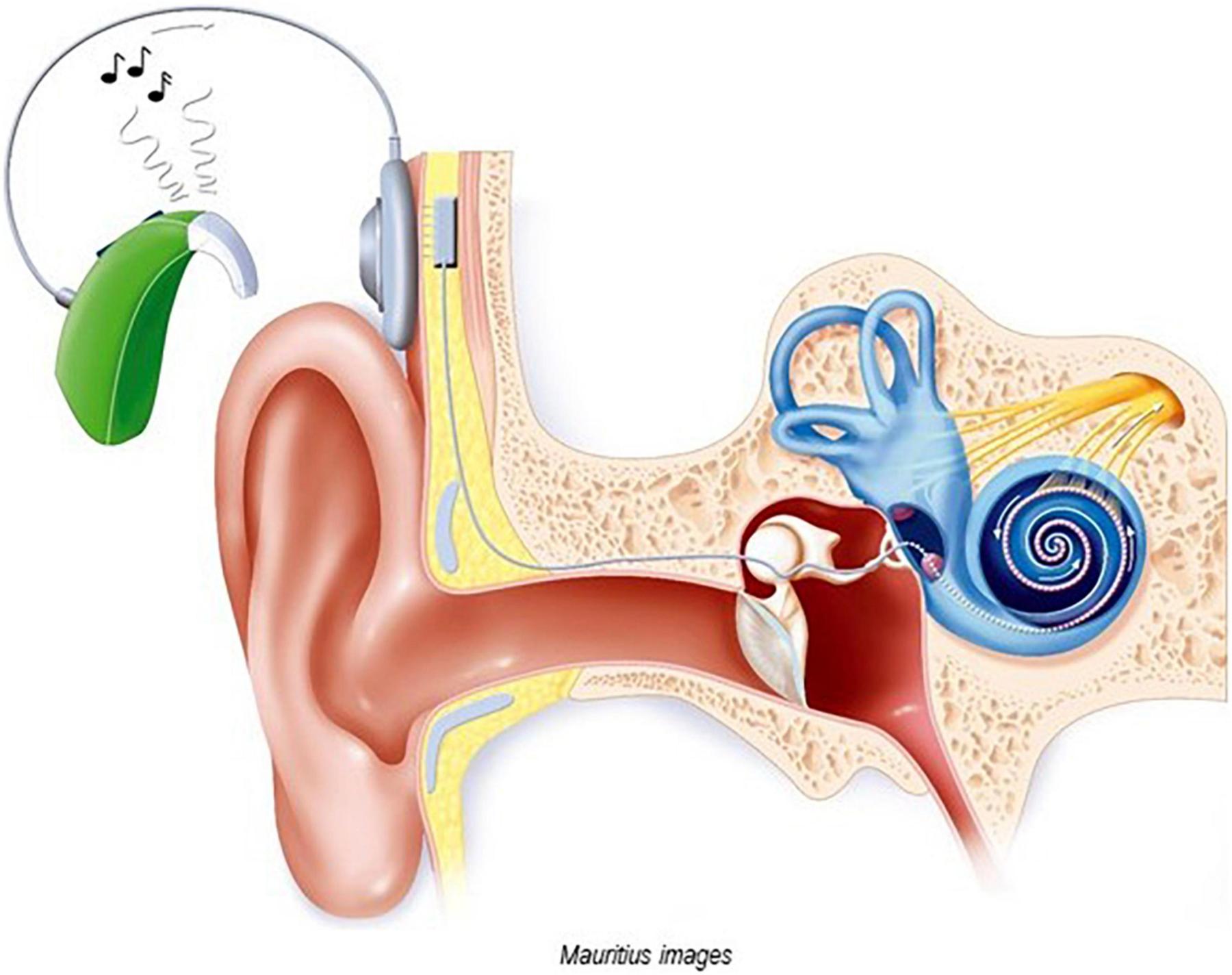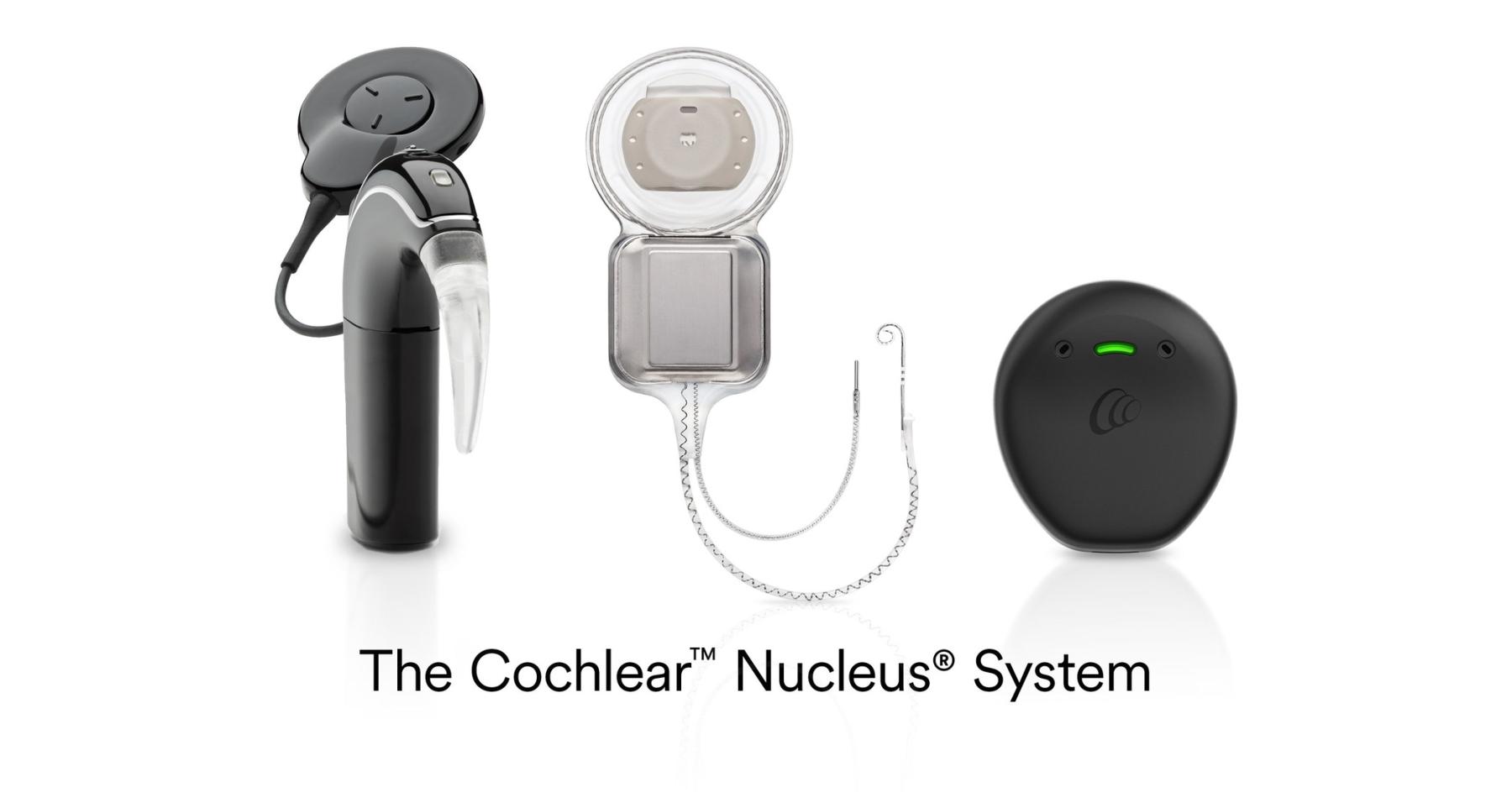Bilateral Cochlear Implantation: Restoring Hearing in Both Ears
Understanding the Procedure, Benefits, and Considerations
Bilateral cochlear implantation is a cutting-edge surgical procedure designed to address severe to profound hearing loss in both ears. This innovative approach involves the placement of cochlear implants in both ears, aiming to restore auditory perception and enhance communication abilities. In this article, we will delve into the procedure itself, highlight its benefits, and discuss important considerations.
The Procedure: Bilateral cochlear implantation is performed in a surgical setting, typically under general anesthesia. The surgeon makes a small incision behind each ear and carefully inserts an electrode array into the cochlea, which is the spiral-shaped, fluid-filled structure responsible for transmitting sound signals to the auditory nerve. The electrode array stimulates the auditory nerve directly, bypassing the damaged or non-functional parts of the inner ear.


Benefits of Bilateral Cochlear Implantation:
Enhanced Localization and Sound Perception: By restoring hearing in both ears, bilateral cochlear implantation improves sound localization and the ability to determine the direction and source of sounds accurately. This leads to a more immersive and natural auditory experience.
Improved Speech Understanding in Noise: Individuals with bilateral cochlear implants often experience improved speech understanding, particularly in challenging listening environments with background noise. This can significantly enhance communication abilities in various social and professional settings.
Balanced Hearing: Bilateral cochlear implantation aims to provide a more balanced hearing experience by restoring auditory input to both ears. This balance can enhance sound quality and the ability to appreciate music, as well as facilitate better overall hearing comprehension.
Considerations:
Candidacy Evaluation: Not all individuals with hearing loss are suitable candidates for bilateral cochlear implantation. A comprehensive evaluation by an audiologist and ear, nose, and throat specialist is necessary to determine eligibility based on factors such as the severity of hearing loss, speech perception abilities, and overall health.
Rehabilitation and Training: Following the surgical procedure, a critical aspect of the success of bilateral cochlear implantation lies in the rehabilitation and auditory training process. The individual will work closely with a team of audiologists and speech-language pathologists to optimize the use of the cochlear implants and adapt to the newfound auditory input.
Surgical Risks and Considerations: As with any surgical procedure, bilateral cochlear implantation carries inherent risks such as infection, bleeding, device failure, or damage to surrounding structures. These risks, along with potential benefits, should be thoroughly discussed with the surgeon before making an informed decision.
In conclusion, bilateral cochlear implantation is a remarkable advancement in the field of auditory restoration. By simultaneously addressing hearing loss in both ears, this procedure offers individuals with severe to profound hearing loss the opportunity to regain auditory perception, improve communication abilities, and enhance their overall quality of life. If you or a loved one are considering bilateral cochlear implantation, consult with a qualified medical professional to explore its suitability and potential benefits.
We are associated with experienced and highly skilled medical professionals. We use the latest medical technology available in the world and we provide medical services in collaboration with JCI & NABH Certified hospitals only. Our services include various types of treatment and organ restructuring and transplant.
